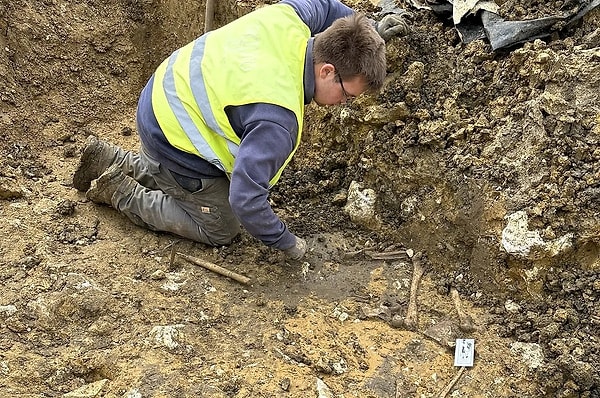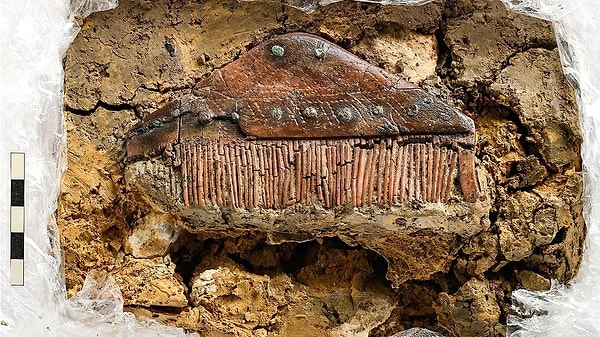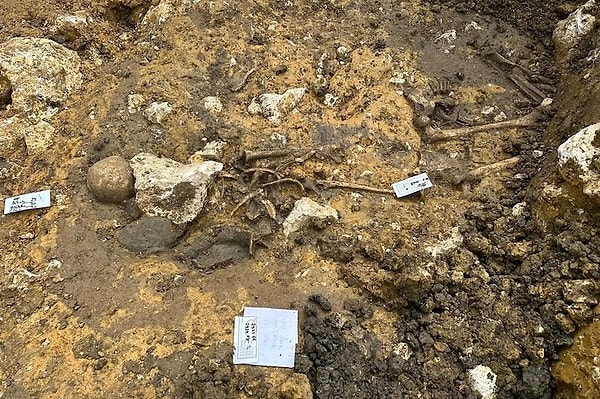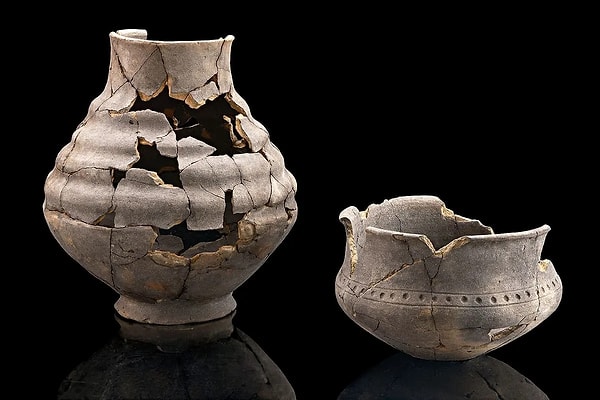Ancient 'Barbarian' Tomb Unearthed Near Roman Empire's Border
Archaeologists in Germany have made an extraordinary discovery during a construction project—a 1,700-year-old tomb belonging to a 'Barbarian' tribe that lived near the Roman Empire's border. Buried in the early 4th century, the grave contained valuable artifacts, offering a rare glimpse into ancient history. Here's everything you need to know about this fascinating find!
The remains of a man estimated to have died around the age of 60 were discovered in a tomb believed to date back to the first half of the 4th century.

According to a statement translated by the Stuttgart Regional Council, the 1,700-year-old ancient tomb was found in the center of the village of Gerstetten, about 40 miles (64 kilometers) east of the city of Stuttgart in southwestern Germany.
The tomb, discovered during construction work, was carefully built and surrounded by a wooden chamber.

The area where the tomb was found is known as the northern border of the Roman Empire, referred to as the 'Upper Germanic Limes.'
The region, neighboring lands inhabited by Germanic (Barbarian) tribes known as "Magna Germania" or Greater Germania, is thought to possibly contain two additional tombs in an adjacent area.

The Germanic tribes, referred to as 'Barbarians' by the Romans, were named after the Greek word meaning 'people who speak differently.' After the 5th century, 'Barbarians,' led by the Visigoths and Vandals, invaded the southern Roman territories, accelerating the fall of the empire.
Based on the research conducted by archaeologists, it was determined that the man was buried between 263 and 342 AD.

So, what else was in the tomb? Valuable grave goods, including glassware, pottery, and a finely-toothed comb, were found in the tomb.
Keşfet ile ziyaret ettiğin tüm kategorileri tek akışta gör!


Send Comment